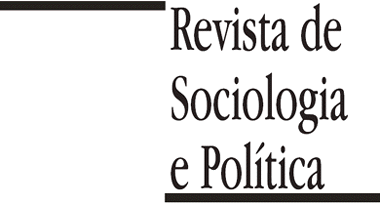This article deals with the relationship between "organized crime" and "common crime" in Rio de Janeiro. Our goal is to define the conditions that would make it possible to respond to questions such as the extent to which organized crime explains the logic of common crime or whether we are under or overestimating the relation between the two. Our analysis looks at three spheres of violent organized criminal activity: (i) organized crime linked to the unofficial lottery called "jogo do bicho"; (ii) the "commandoes" that control and fight over territories where drugs and other illegal merchandise are retailed and iii) the militias that fight with "commandoes" over the control of these territories, as they seek to impose payment of protection money on inhabitants. We conclude by arguing that the militia model - similarly to what happened earlier in the cases of the drug trade and the "jogo do bicho" ( all three of which originate in the city of Rio de Janeiro) - has been spreading to cities in other Brazilian states, nationalizing forms of organized crime that have the use of violence as one of their major characteristics. The dynamics of these organizations depends primarily on their constitution as illegal markets, in which each commodity that is exploited - lottery, drugs, arms and protection - has different properties as forms of capital. The social dynamic, type of actions and violence associated with each one of the three is, in turn, linked to these properties.
organized crime; common crime; militias; jogo do bicho"; Rio de Janeiro



